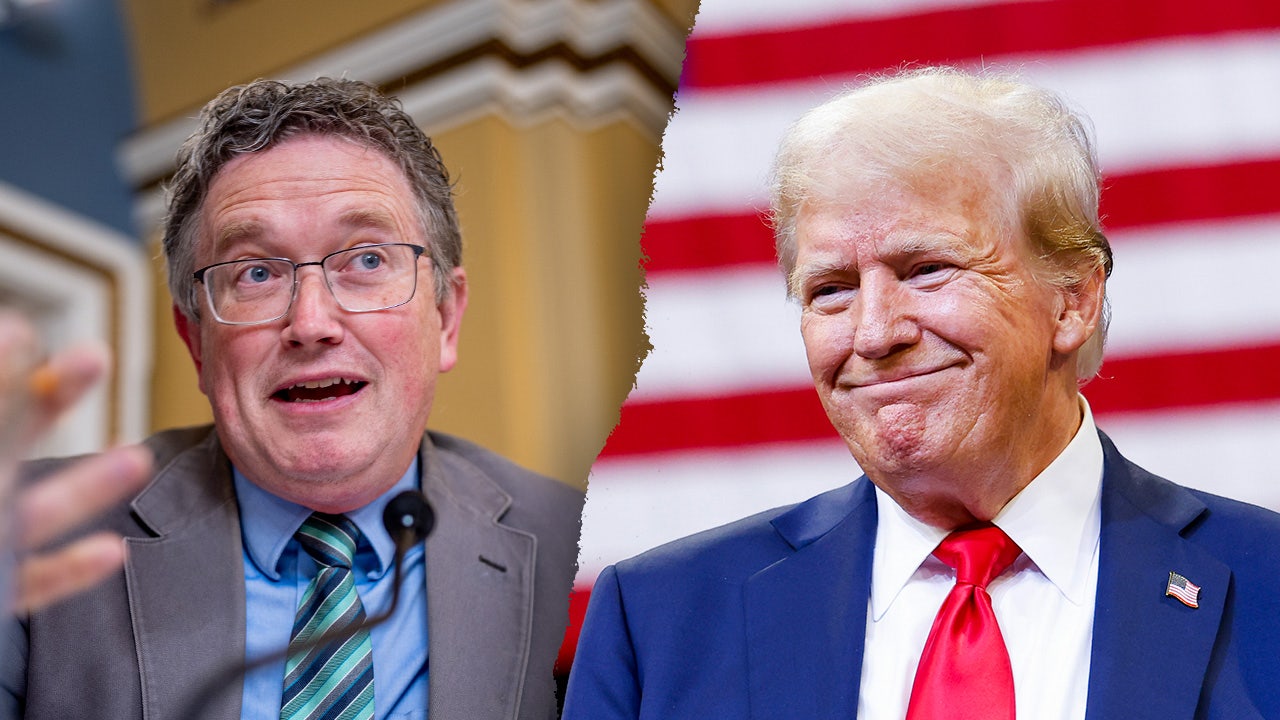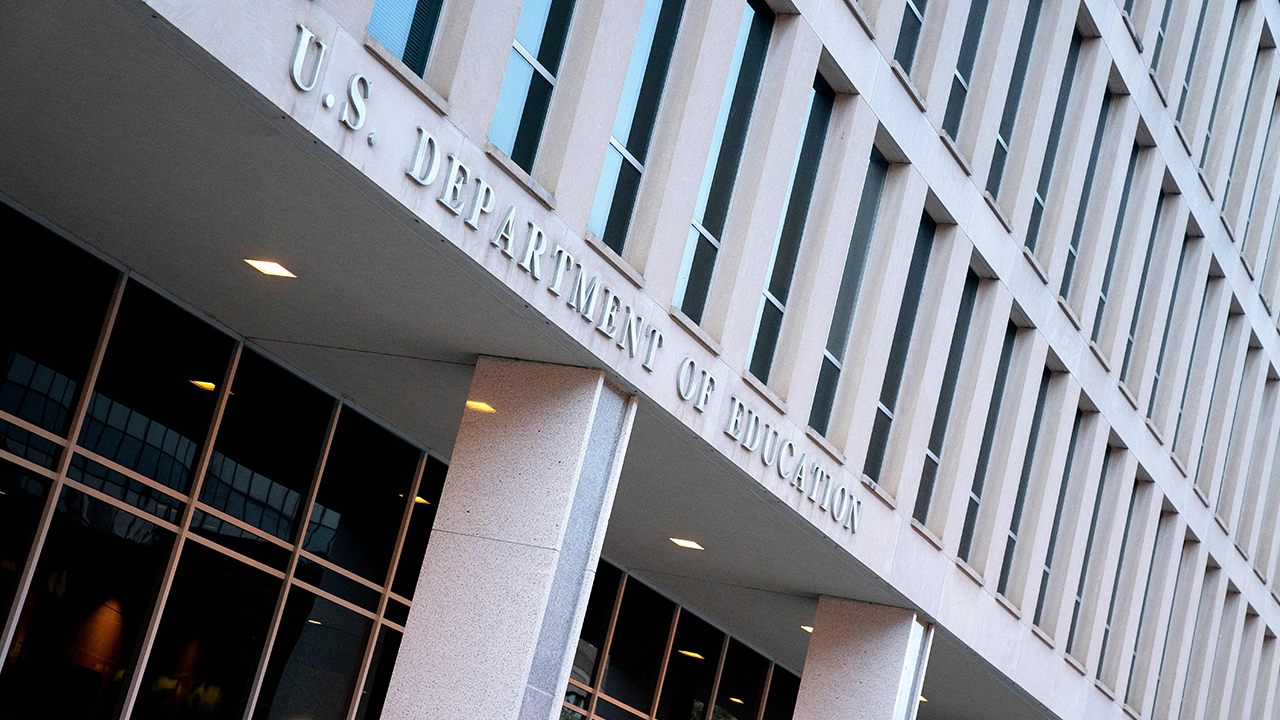President Trump's Executive Order: Reshaping The U.S. Department Of Education
On Thursday, President Donald Trump is expected to sign an executive order that could significantly transform the U.S. Department of Education. This decision has sparked nationwide discussions, particularly among policymakers, educators, and parents. The potential dismantling of such a pivotal federal agency raises critical questions about the future direction of education policy in the United States.
The proposed executive order aims to reduce federal involvement in education and empower states to assume greater control over their educational systems. Advocates argue that this shift will enable local communities to design education systems that better align with the unique needs of their students. However, critics caution that diminished federal oversight could lead to inequities and a decline in educational standards across the nation.
This article will explore the implications of this executive order, its potential impact on American education, and the broader debate surrounding federal versus state control over education policy. We'll also delve into the historical context and examine what this move could mean for the future of education in the United States.
Read also:High Point Panthers A Journey To Ncaa March Madness
Below is the table of contents to guide you through the article:
- Background of the Education Department
- Details of the Executive Order
- Impact on Education Policy
- Federal vs. State Control
- Support and Criticism
- Historical Context
- International Comparison
- Future Directions
- Conclusion
- Sources
Understanding the U.S. Department of Education
Established in 1980 under President Jimmy Carter, the U.S. Department of Education has played a vital role in ensuring equal access to quality education for all Americans. Over the decades, the department has been instrumental in setting national education standards, distributing federal funding, and enforcing civil rights laws within schools.
Despite its contributions, the department has faced criticism from various political perspectives. Conservatives often argue that it represents excessive federal intervention, while progressives contend that it requires additional resources to address persistent inequalities in the education system. This ongoing debate highlights the complexity of balancing federal oversight with local autonomy.
Key Functions of the Department
- Administering federal financial aid programs for students
- Enforcing federal anti-discrimination laws in schools
- Collecting data and conducting research on education trends
- Providing technical assistance to states and local education agencies
Exploring the Executive Order
The executive order that President Trump plans to sign will initiate the process of scaling back the operations of the Department of Education. While the order does not immediately dissolve the department, it sets the stage for a gradual reduction in its size and influence. This move aligns with the administration's broader objective of shrinking the federal government and promoting local control.
On Thursday, Trump will sign the order to begin dismantling the department, with the goal of transferring many of its responsibilities to the states. This decision reflects the administration's commitment to empowering local governments and reducing federal bureaucracy.
Potential Changes
- Reduction in federal funding for education programs
- Delegation of more authority to state governments
- Streamlining of federal education regulations
The Impact on Education Policy
The dismantling of the Department of Education could have profound consequences for American education. One of the most immediate effects would likely be a decrease in federal funding for schools, particularly those serving low-income and minority communities. This reduction in resources could exacerbate existing disparities in educational quality and access.
Read also:Texas Senates Controversial Move To Ban Thc Products A Comprehensive Analysis
Moreover, the shift toward state control may result in varying education standards across the country. Without federal oversight, states may prioritize budgetary constraints over educational excellence, potentially compromising the quality of education for all students.
Key Areas Affected
- Federal student loan programs
- Special education services
- Education equity initiatives
The Debate: Federal vs. State Control
The longstanding debate over federal versus state control of education is once again at the forefront of discussions. Proponents of state control argue that local governments are better equipped to understand and address the unique needs of their communities. In contrast, supporters of federal oversight emphasize the importance of maintaining consistent standards and ensuring equal opportunities for all students.
Historically, the federal government has played a critical role in advancing civil rights and addressing systemic inequities in education. The question remains whether states will be able to replicate these efforts without federal intervention, particularly in areas such as civil rights enforcement and resource distribution.
Advantages of Federal Control
- Uniform standards across the nation
- Protection of civil rights and educational equity
- Access to federal resources and expertise
Support and Criticism of the Executive Order
The proposed executive order has elicited both support and criticism from various stakeholders. Supporters, primarily from conservative circles, applaud the move as a step toward reducing government overreach and empowering local communities. Critics, including many educators and civil rights advocates, warn of the potential negative consequences for vulnerable student populations.
Education experts have expressed concerns about the long-term impact of this decision on the quality and accessibility of education in America. Some argue that without federal oversight, states may prioritize budgetary constraints over educational excellence, potentially compromising the future of American education.
Key Arguments
- Supporters: Emphasize the benefits of local control and reduced bureaucracy
- Critics: Highlight the risks of diminished educational standards and equity
Historical Context of Federal Involvement in Education
To fully comprehend the implications of this executive order, it is essential to consider the historical context of federal involvement in education. The establishment of the Department of Education was a response to growing concerns about educational inequality and the need for a coordinated national approach to education policy.
Over the years, the department has evolved to address emerging challenges, such as the achievement gap, school safety, and the integration of technology in education. The current proposal to dismantle the department represents a significant departure from this historical trajectory, raising questions about the future direction of American education.
Key Milestones
- 1965: Passage of the Elementary and Secondary Education Act
- 1980: Creation of the U.S. Department of Education
- 2001: Introduction of the No Child Left Behind Act
International Perspectives on Education Governance
Compared to other developed nations, the United States has a distinct approach to education governance. Countries like Finland and Singapore have achieved high levels of educational success through centralized systems that prioritize equity and quality. The proposed dismantling of the Department of Education raises concerns about whether the U.S. is moving in the right direction.
Critics argue that decentralization could lead to a fragmented education system that struggles to compete on the global stage. By examining successful models from abroad, the United States can gain valuable insights into effective education governance strategies.
Lessons from Abroad
- Finland: Emphasis on teacher training and equity
- Singapore: Focus on rigorous standards and assessment
- Canada: Provincial control with strong federal guidelines
Future Directions for American Education
The future of American education will depend on how states respond to the reduced federal role. Some states may seize the opportunity to innovate and experiment with new approaches, while others may struggle to maintain existing levels of quality and access. The success of this transition will depend on the ability of state and local governments to collaborate effectively and prioritize the needs of all students.
The coming years will be crucial in determining the long-term impact of this executive order on American education. As states navigate this new landscape, it will be essential to monitor outcomes and adjust policies as needed to ensure equitable access to quality education for all students.
Conclusion
President Trump's decision to sign an executive order to begin dismantling the Department of Education represents a significant shift in American education policy. While the move aims to reduce federal involvement and promote local control, it also raises critical questions about the future of educational equity and standards in the United States.
We encourage readers to engage in this conversation by sharing their thoughts and insights in the comments section below. Additionally, consider exploring other articles on our site for more in-depth analysis of education policy and its impact on society.
Sources
- U.S. Department of Education: https://www.ed.gov/
- Brookings Institution: https://www.brookings.edu/
- Education Week: https://www.edweek.org/


